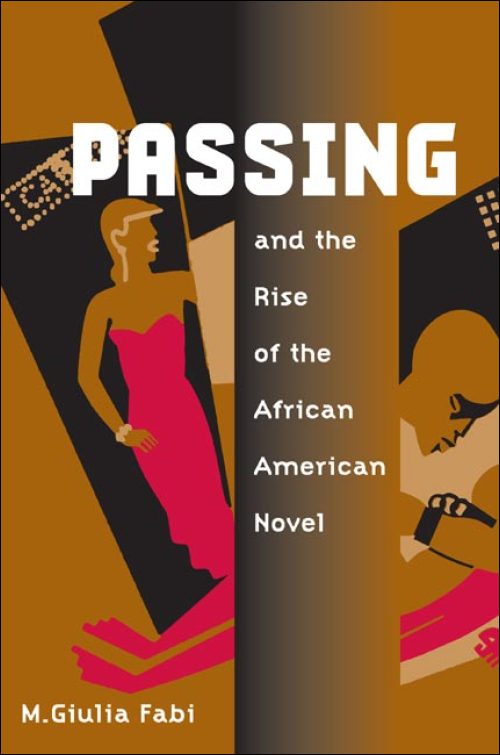Crimes of passing: The criminalization of blackness and miscegenation in United States passing narrativesPosted in Dissertations, Literary/Artistic Criticism, Media Archive, Passing, United States on 2012-07-18 01:09Z by Steven |
University of California, Los Angeles
2005
158 pages
Publication Number: AAT 3175169
ISBN: 9780542133046
Susan Elaine Bausch
A dissertation submitted in partial satisfaction of the requirements for the degree Doctor of Philosophy in Comparative Literature
Between approximately 1880 and 1925, large numbers of legally black Americans crossed the color line and identified as white; in common parlance, they “passed.” After Reconstruction, the South attempted to legislate the separation of the races by enacting “Jim Crow” laws that mandated segregation and prohibited miscegenation (at least within marriage). This meant that many passers were not just violating a social taboo by crossing the color line, they were also breaking the law. Even in the North, there were some anti-miscegenation laws on the books, although convention and prejudice probably played a bigger role in limiting mixed-race marriages. In effect, these laws made it a crime for a black person to do what a white person did, which means that blackness itself was criminalized.
Crimes of Passing explores the overlap between racial passing and criminality as it plays out in three passing narratives that are also crime stories: Mark Twain’s Pudd’nhead Wilson (1894), Nella Larsen’s Passing (1929), and William Faulkner’s Light in August (1932), as well as James Weldon Johnson’s The Autobiography of an Ex-Coloured Man (1912). In the first three novels, the protagonist is a passing figure who also commits murder (and sometimes other crimes). The final novel in my study deviates from this pattern in that the protagonist’s passing is successful and he commits no crimes (other than periodically violating Jim Crows laws); his narrative is about freedom from legal and extralegal harassment (in other words, about not being treated like a criminal), rather than the danger involved in crossing (and policing) racial boundaries.
Read together, these novels create a compelling critique of America’s history of criminalizing blackness and the crossing of racial boundaries. My methodology is primarily historical; to inform my reading of fictional representations of passing, I rely on court records and contemporary newspaper accounts of relevant court cases, race-based lynchings, and common attitudes towards miscegenation, as well as the novelists’ autobiographies (when available). Placing these narratives in a legal and socio-historical context reveals their participation in a fascinating inter-textual dialogue between art, public opinion, and the law that is still ongoing.
Table of Contents
- Acknowledgements
- Introduction
- Chapter One: Imitation White and Secret Murderers: The Criminalization of Blackness in Mark Twain’s Pudd’nhead Wilson
- Chapter Two: Feminine Transgressions: Crossing Racial and Sexual Boundaries in Nella Larsen’s Passing and the Rhinelander Case
- Chapter Three: Passing for What?: Joe Christmas’s Racial Uncertainty and Criminal Fate in William Faulkner’s Light in August
- Chapter Four: A Passing Success: The Cost of Mobility in James Weldon Johnson’s The Autobiography of an Ex-Coloured Man
- Conclusion
- Works Cited
Purchase the dissertation here.
